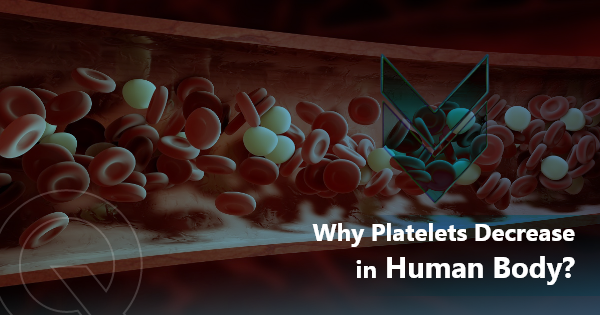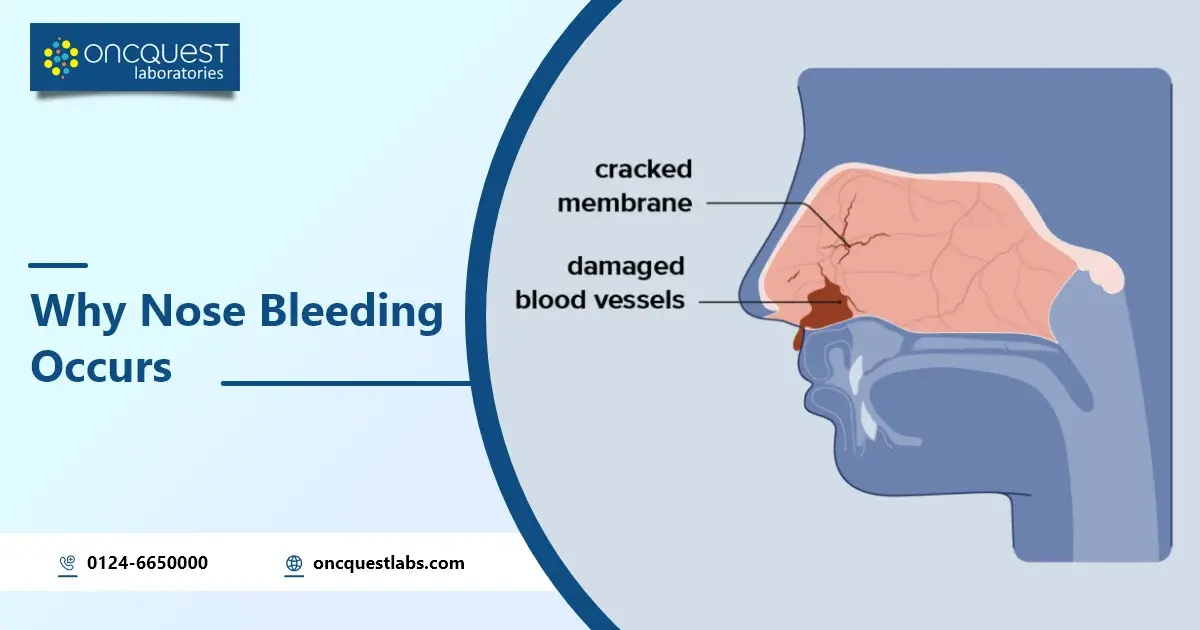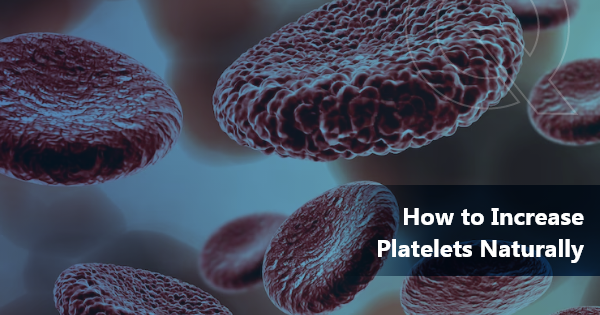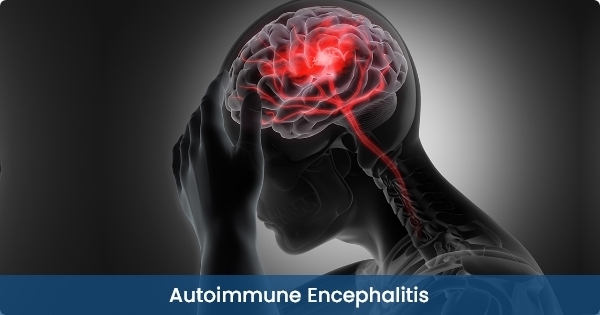Having a low platelet count means there aren’t enough tiny cells in your blood to help it clot properly. This can happen for different reasons like an autoimmune problem called ITP, leukemia, infections, not getting enough of the right nutrients, being pregnant, or taking certain medicines. When you have low platelets, you might notice things like easily getting bruises, small red spots on your skin, nosebleeds or bleeding from your gums, blood in your pee or poop, joint pain, or bleeding a lot from small cuts.
To treat low platelets, doctors can give you more platelets through a tube in your vein until they figure out what’s causing the problem. It’s important to fix low platelets because if you get hurt, your body might not be able to stop the bleeding, and that could be really dangerous. This article talks about what normal and low platelet counts are, what might make your platelets low, what signs to watch out for, and how doctors usually treat it.
Contents
Platelets Count
A complete blood count (CBC) test is a common blood test that checks different things in your blood. One of these things is your platelet count, which shows how many platelets are in a tiny drop of blood. Here’s what different platelet counts mean:
– Normal: Between 150,000 and 450,000 platelets in that tiny drop of blood.
– Low: Less than 150,000 platelets in that tiny drop.
– Mild risk of bleeding: Less than 50,000 platelets in that tiny drop.
– Serious risk of bleeding: Between 10,000 and 20,000 platelets in that tiny drop or even lower.
Why platelets decrease in human body
A decrease in platelet count in the human body can occur due to various reasons, and this condition is known as thrombocytopenia. Here are some common causes of platelet decrease:
1. Bone Marrow Disorders: Conditions that affect the bone marrow’s ability to produce enough platelets can lead to a decrease in platelet count. This includes disorders like aplastic anemia, leukemia, and myelodysplastic syndromes.
2. Viral Infections: Some viral infections, such as dengue fever, HIV, and hepatitis, can suppress platelet production or directly destroy platelets in the bloodstream.
3. Medications: Certain medications, like chemotherapy drugs and some antibiotics, can cause thrombocytopenia as a side effect by interfering with platelet production or function.
4. Autoimmune Disorders: Autoimmune diseases like immune thrombocytopenic purpura (ITP) cause the immune system to mistakenly attack and destroy platelets, reducing their count.
5. Genetic Factors: Inherited conditions like Wiskott-Aldrich syndrome and May-Hegglin anomaly can lead to low platelet counts from birth.
6. Chemical Exposure: Exposure to toxic chemicals, such as pesticides or heavy metals, can damage bone marrow and reduce platelet production.
7. Vitamin Deficiencies: Deficiencies in essential nutrients like vitamin B12 and folate can impair the bone marrow’s ability to produce platelets.
8. Alcohol Abuse: Excessive alcohol consumption can affect the liver and spleen, leading to a decrease in platelet count.
9. Pregnancy: Some pregnant women may experience a drop in platelet count due to conditions like gestational thrombocytopenia or preeclampsia.
10. Hemorrhage or Blood Loss: Severe bleeding, whether from trauma, surgery, or gastrointestinal bleeding, can rapidly reduce platelet counts.
It’s important to note that the specific cause of thrombocytopenia should be diagnosed by a healthcare professional through blood tests and a thorough medical evaluation. Treatment for low platelet counts depends on the underlying cause and may include medications, lifestyle changes, or medical interventions to address the condition.
Symptoms of Low Platelets
A low platelet count can lead to various symptoms. It’s crucial to contact your doctor if you experience these issues, especially if they worsen or occur more frequently:
1. Easy bruising, known as purpura.
2. Tiny red spots on your skin, called petechiae.
3. Excessive bleeding even from minor injuries.
4. Joint pain, particularly in larger joints like the knees and hips.
5. Frequent nosebleeds.
6. Bleeding from the mouth or gums.
7. Presence of blood in urine or stool.
8. Headaches.
Additionally, it’s essential to reach out to your healthcare provider immediately if you notice:
1. Headache, confusion, or dizziness.
2. Coughing up blood or experiencing breathing difficulties.
3. Blood in urine, vomit, or stool.
4. Vaginal bleeding after menopause or unusually heavy vaginal bleeding.
How to Manage Low Platelets
To manage a low platelet count, consider these precautions:
1. Medications: Steer clear of certain drugs like nonsteroidal anti-inflammatories (NSAIDs) such as aspirin and ibuprofen. If you’re on blood thinners, consult your doctor regarding bleeding risks.
2. Shaving: Opt for an electric razor to minimize nicks and cuts when shaving.
3. Handling Sharp Objects: Exercise caution when dealing with sharp items like knives or scissors.
4. Physical Activities: Avoid contact sports to prevent injury.
5. Oral Hygiene: Use an extra-soft toothbrush to reduce gum inflammation, which can make gums bleed more easily during flossing. When your platelet count is very low, consider skipping flossing.
6. Nasal Care: Be gentle when blowing your nose to prevent nosebleeds.
7. Alcohol Consumption: Limit or avoid alcohol to maintain platelet health.
Treatment for Low Platelets
Identifying the underlying cause of low platelet levels is crucial as it paves the way for effective treatment. In situations where therapies, such as cancer treatment, impact platelet counts, these levels typically normalize once the treatment concludes. However, the timing varies from person to person.
In certain instances, a platelet transfusion may be necessary. This procedure involves receiving platelets from a donor via a vein, effectively averting potential bleeding-related complications.
Autoimmune conditions contributing to low platelets can be managed with medications that suppress the immune system, halting platelet destruction.
When medication is the culprit behind low platelet levels, a solution often involves switching to an alternative drug, a decision best made with guidance from your doctor.
Complications
Complications stemming from a low platelet count become increasingly severe as platelet levels drop. One of the foremost concerns is bleeding, which can be particularly alarming with low platelets. In the event of bleeding, it’s imperative to promptly contact your doctor and adhere to these measures to minimize it:
1. Body Positioning: Sit or lie down calmly, aiming to maintain composure.
2. Wound Management: If you can see the wound, apply pressure to control bleeding.
3. Cold Compress: Employ an ice pack at the bleeding site to help slow down the bleeding.
4. Elevation of Limbs: If the bleeding originates from an arm or leg, raise the affected limb above heart level.
5. Blood in Urine: If you detect blood in your urine, immediately increase fluid intake and contact your doctor.
6. Blood in Vomit: In the case of blood in vomit, promptly inform your doctor. Adhere to their guidance, which may include taking prescribed anti-nausea medications and antacids.
7. Vaginal Bleeding: Should vaginal bleeding occur, avoid using tampons and keep a record of sanitary pad usage, taking note of any clots.
Conclusion
In conclusion, a decrease in platelet count in the human body can be attributed to a range of underlying factors, including bone marrow disorders, viral infections, medications, autoimmune conditions, genetic predispositions, chemical exposure, vitamin deficiencies, alcohol abuse, pregnancy-related issues, and significant blood loss. Recognizing the cause of low platelets is essential for effective diagnosis and treatment. Managing this condition and taking necessary precautions can help mitigate the associated risks, particularly bleeding, and improve overall health and well-being. If anyone experiences persistent symptoms of low platelet count, seeking medical attention and guidance is crucial to addressing the underlying cause and preventing potential complications.
Frequently asked Questions
Q1:How can I increase my platelets fast?
A1:To increase your platelet count quickly, it’s important to consult with a healthcare professional for personalized guidance. In some cases, treatments such as platelet transfusions or medications may be necessary. Additionally, maintaining a balanced diet rich in vitamin K, avoiding alcohol, and minimizing activities that can cause injury or bleeding can support platelet production and prevent further depletion.
Q2:What will happen if platelets are reduced?
A2: decreased platelet count hinders blood clotting and can result in significant blood loss. Platelet donations are essential in aiding the recovery of patients undergoing cancer treatment, facing trauma, receiving transplants, or dealing with severe burns. Area hospitals consistently require these donations to meet the ongoing demand.
Q3:What deficiency causes low platelets?
A3:Insufficient platelet production by the bone marrow can occur in the presence of specific conditions, including:
1. Aplastic Anemia: A disorder where the bone marrow fails to produce an adequate number of blood cells.
2. Bone Marrow Cancer: Conditions like leukemia, which involve cancerous changes in the bone marrow, can disrupt platelet production.
3. Cirrhosis: Liver scarring, known as cirrhosis, can impact platelet production as well.





